14 treasures the Nazis stole that were sensationally recovered
World-famous works of art that were stolen then reclaimed
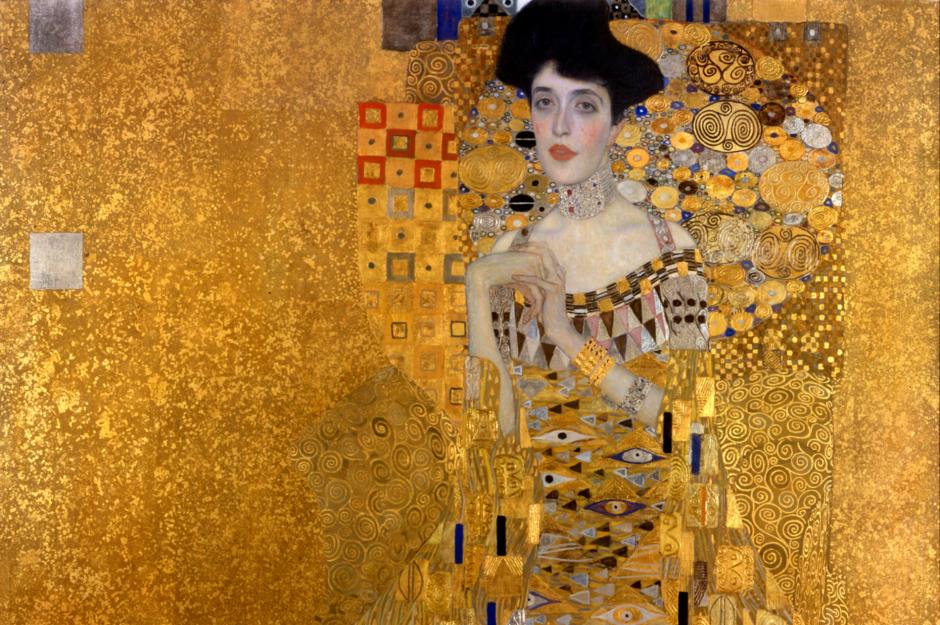
Looting on a bewildering scale, the Nazis are believed to have stolen over 650,000 works of art from Jewish families and others in occupied territories, seizing everything from revered Old Master paintings to renowned sculptures.
While hundreds of thousands of treasures are still missing, a number of masterpieces have been sensationally recovered.
Read on to discover 14 of the most notable Nazi art heists and the dramatic stories of their recovery. All dollar amounts in US dollars.
View of Murnau with Church by Wassily Kandinsky
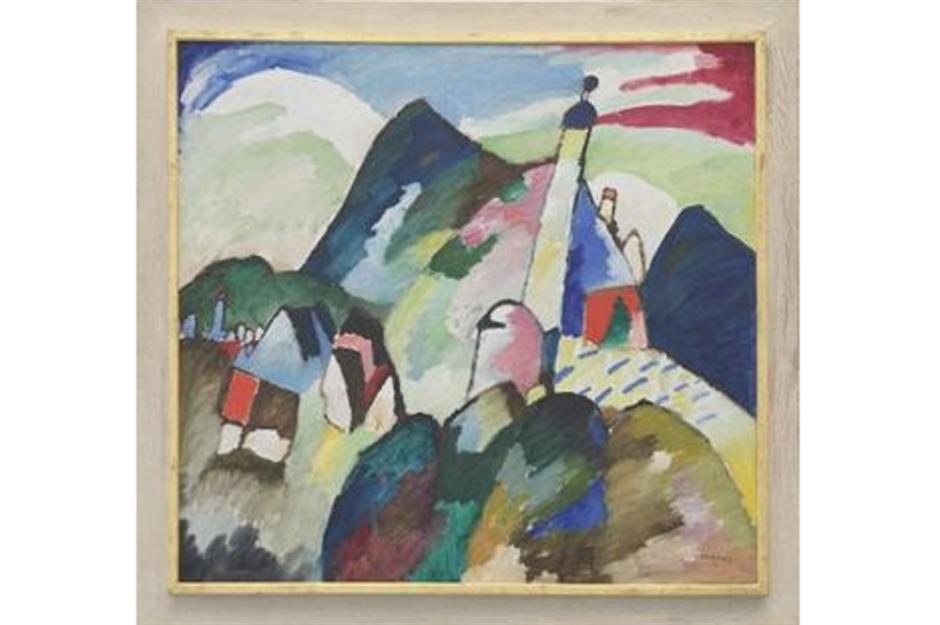
Blick auf Murnau mit Kirche (View of Murnau with Church) is a 1910 work by the pioneering artist Wassily Kandinsky.
The painting was reportedly acquired by the Van Abbemuseum in Eindhoven, Netherlands in 1951 after the daughter of an unknown collector called A. Kaufmann sold it to an art dealership in Den Haag.
But with the painting's provenance something of a mystery, it soon became clear that Blick auf Murnau mit Kirche might have a troubling past...
View of Murnau with Church by Wassily Kandinsky
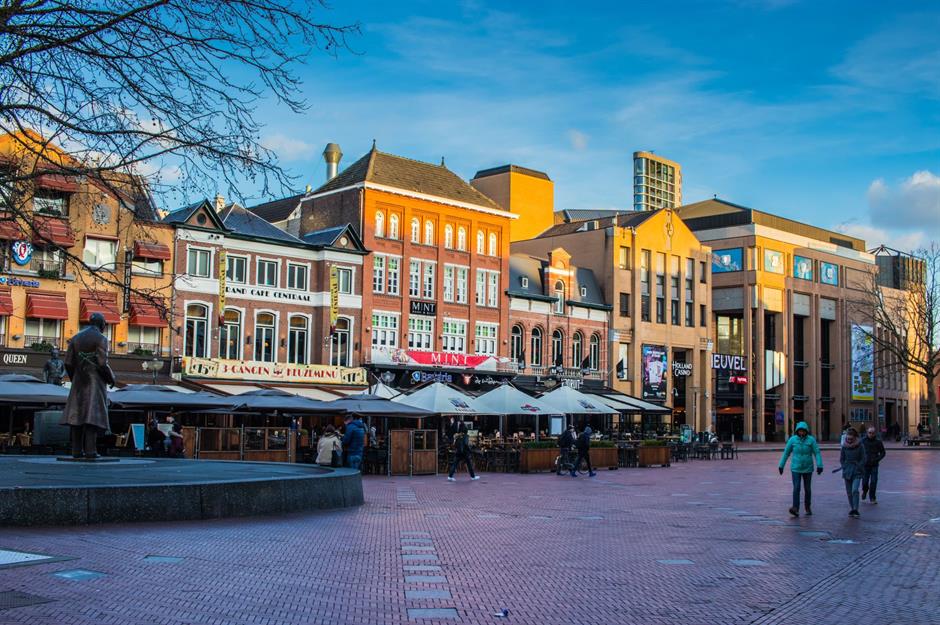
The painting had been on display in the city of Eindhoven (pictured) since the 1950s. In 2018, the Dutch Restitutions Committee received an application from the family of Johanna Margarethe Stern-Lippmann, a Jewish woman who was murdered in the Holocaust.
Although Stern-Lippmann's great-grandchildren said the work had enjoyed "a prominent position hanging in [her] house", the Committee decided there wasn't enough evidence to support their claim that the painting had been looted during the Nazi regime.
Four years later, however, the Committee reversed its decision on the basis of new evidence, including documents that showed that members of the Stern-Lippmann family believed the painting was in the family's possession in 1952.
Blick auf Murnau mit Kirche was returned to the descendants of its rightful owner and sold at auction for £37.2 million ($45m) in March this year, making it the most valuable Kandinsky painting ever to go under the hammer.
The proceeds are due to be shared between 13 Stern heirs, who have said they'll use some of the money to recover more of the family's looted art collection.
The Father by Marc Chagall
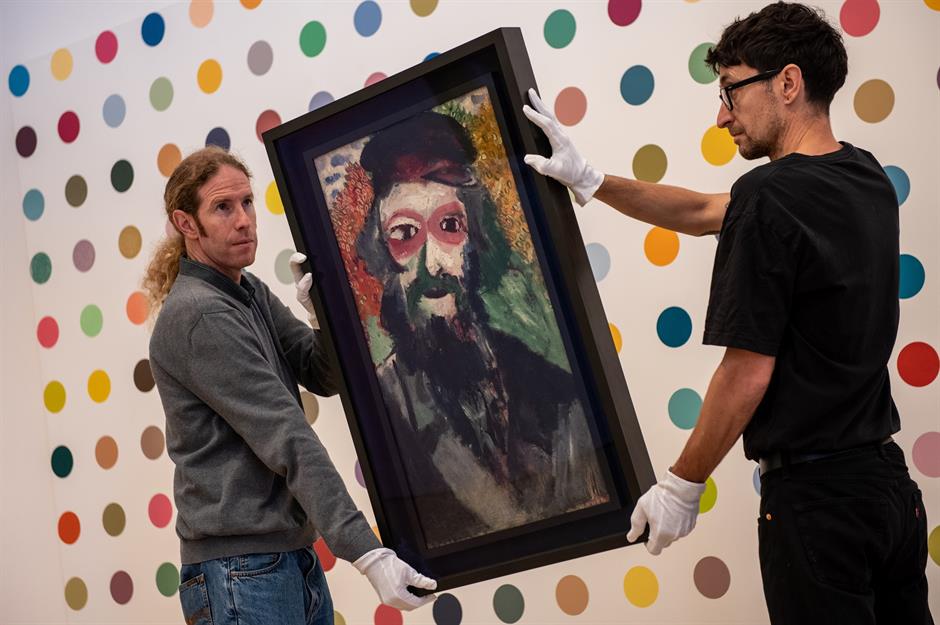
Painted by the Russian-French artist Marc Chagall in 1911, this artwork – a portrait of Chagall's father Zahar – was bought by a violin maker named David Cender in 1928.
Cender had to leave the canvas behind when he and his family were forced to move to the Łódź Ghetto in Poland before being sent to Auschwitz.
Although his wife and daughter were murdered, Cender survived and later moved to France in 1958. He never recovered his painting.
The Father by Marc Chagall
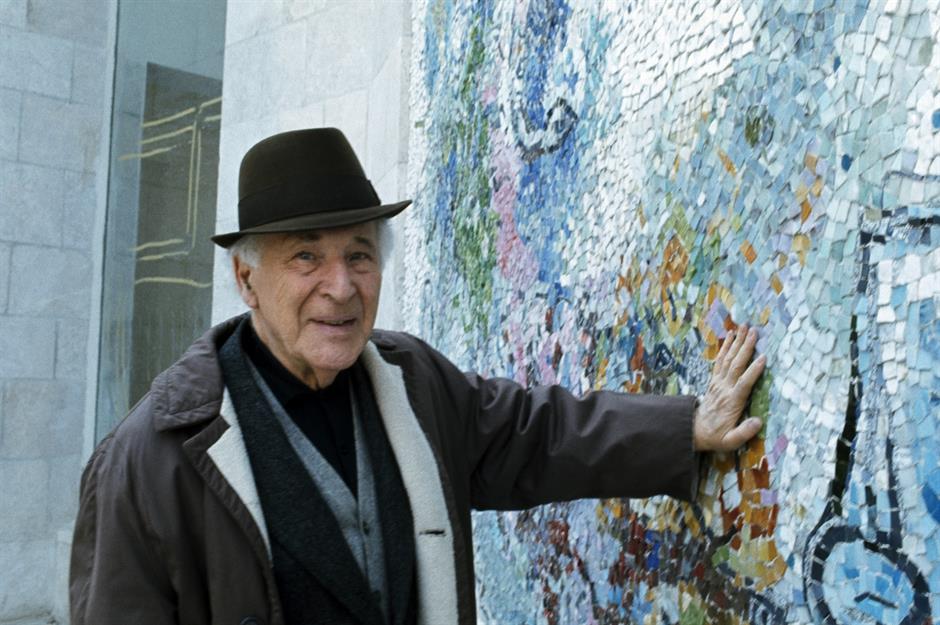
Surprisingly, The Father is believed to have been bought back by Chagall himself (shown here) at some point between 1947 and 1953.
When he died in 1985, the canvas entered France's national collection before being given to the Pompidou Center and, later, the Museum of Jewish Art and History in Paris.
Last year, after France implemented a law that sought to return looted Jewish artworks to their original owners, The Father was given back to Cender's descendants. They sold the painting at auction for $7.4 million (£6m) in November and it's now on loan to the Jewish Museum in New York.
Rosiers sous les Arbres by Gustav Klimt
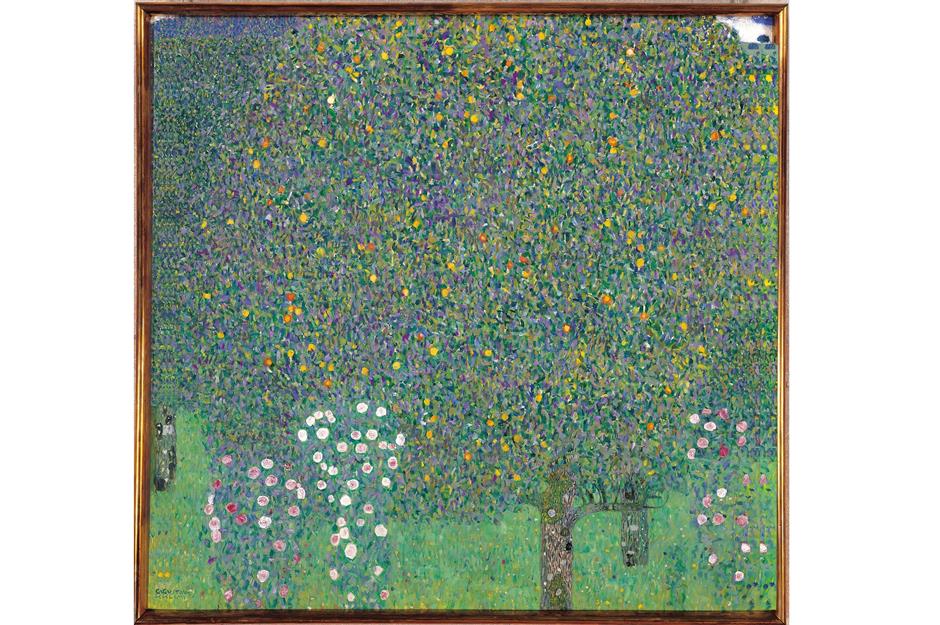
Painted by Austrian artist Gustav Klimt in 1905, Rosiers sous les Arbres (Rosebushes Under the Tree) hung for decades in the Musée d'Orsay in Paris, France, which had acquired the work in 1980.
After investigating the painting's history, however, the French state discovered the piece had borne witness to "broken lives" during the Nazi regime, with its original owner forced to sell the painting in tragic circumstances.
Rosiers sous les Arbres by Gustav Klimt

In March 2021, the French culture minister Roselyne Bachelot announced that the country would return the painting – the only Klimt in the French state's possession – to the family of Nora Stiasny.
Part of a wealthy Austrian-Jewish family, Stiasny, whose mother used to model for Klimt, inherited the painting from her art collector uncle but was forced to sell it "for next to nothing" in August 1938 after the Nazis annexed Austria. She was deported to a Polish concentration camp in 1942 and was murdered later that year.
Following the passing of a bill that enabled France to relinquish the work from its national collection, Rosiers sous les Arbres has now been returned to the descendants of Stiasny's sister.
Painting with Houses by Wassily Kandinsky
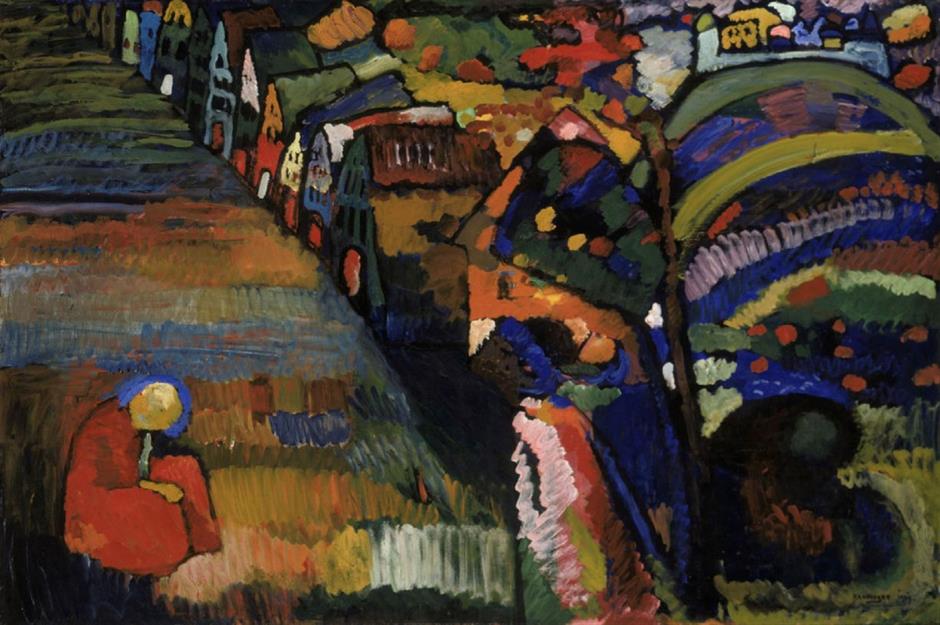
Another painting by Russian artist Wassily Kandinsky, this 1909 painting hit headlines last year when the City of Amsterdam agreed to return it to the descendants of the Jewish couple who had been forced to sell it.
Robert Lewenstein and Irma Klein fled the Netherlands after the Nazis invaded in 1940. Just a few months later, the painting was acquired at auction by the Stedelijk Museum in Amsterdam.
Painting with Houses by Wassily Kandinsky
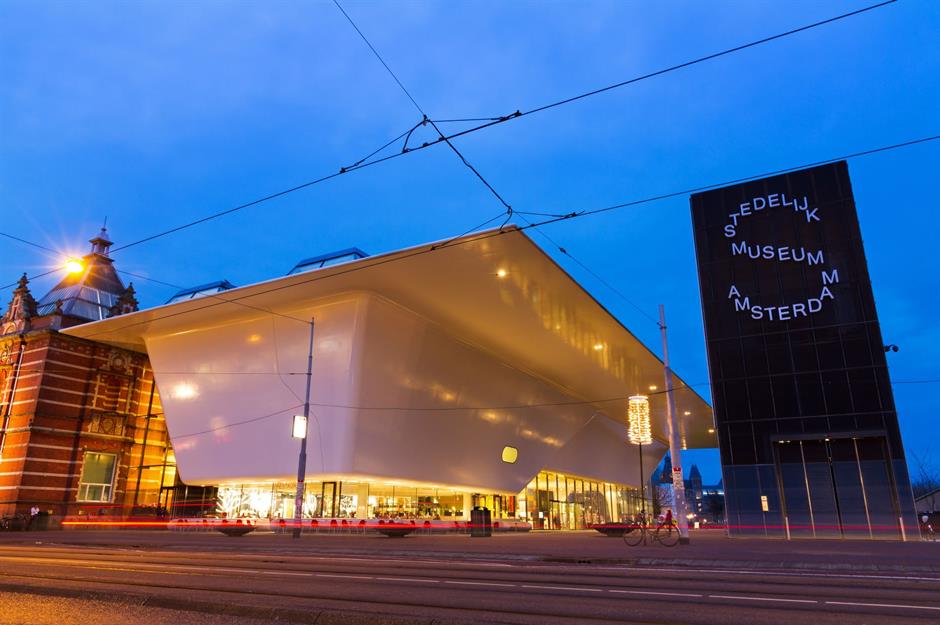
After an initial inquiry in 2018, the museum was granted the right to keep the painting by the Dutch Restitutions Committee.
The panel believed there was evidence that showed Lewenstein and Klein were facing financial problems and, as such, might have decided to sell the painting months before the Nazi invasion.
But the Dutch culture minister later criticised the ruling. Following a period of negotiation, during which the chairman of the Committee resigned, Amsterdam's mayor Femke Halsema announced that the painting would be returned to the original owners' heirs.
Flowers by Lovis Corinth
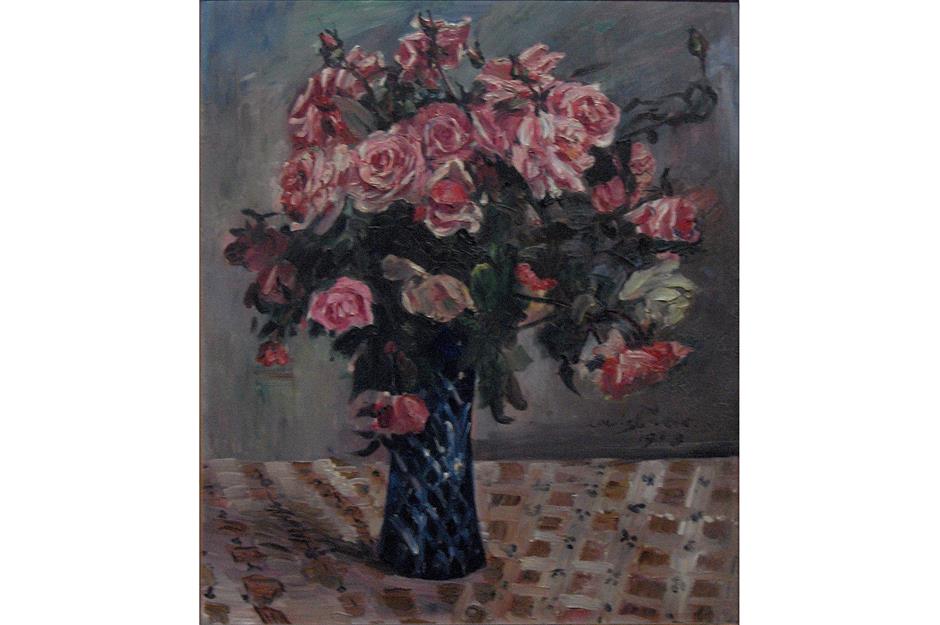
Flowers is a 1913 work by the German artist Lovis Corinth, who was also famous for his landscapes and printmaking.
The painting was known to have been looted by the Nazis and was eventually recovered by the art historian Leo van Puyvelde after the Second World War – but efforts to trace its original owners proved unsuccessful. It was given to the Royal Museums of Fine Arts of Belgium in 1951.
Flowers by Lovis Corinth
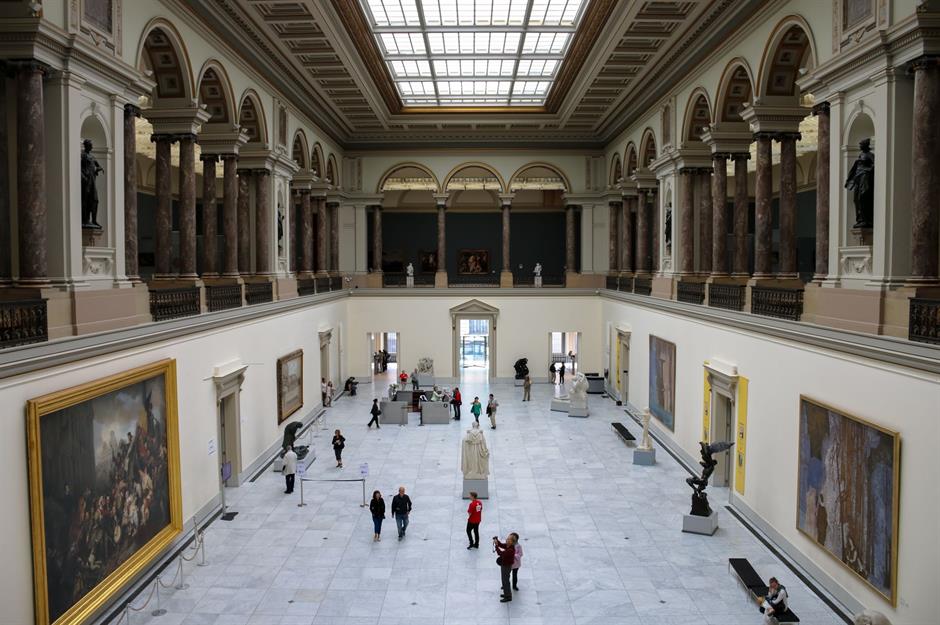
Around 80 years after the painting was looted, however, the rightful owners were finally tracked down.
Jewish couple Gustav and Emma Mayer had fled Frankfurt after the Nazis rose to power and left their collection of 30 paintings in Brussels before settling in Bournemouth, England. The remaining 29 paintings have reportedly never been found.
After a handover ceremony at the museum in February last year, Flowers was returned to the couple's nine great-grandchildren, making it the first looted artwork to have been restored by Belgium.
Two Riders on the Beach by Max Liebermann
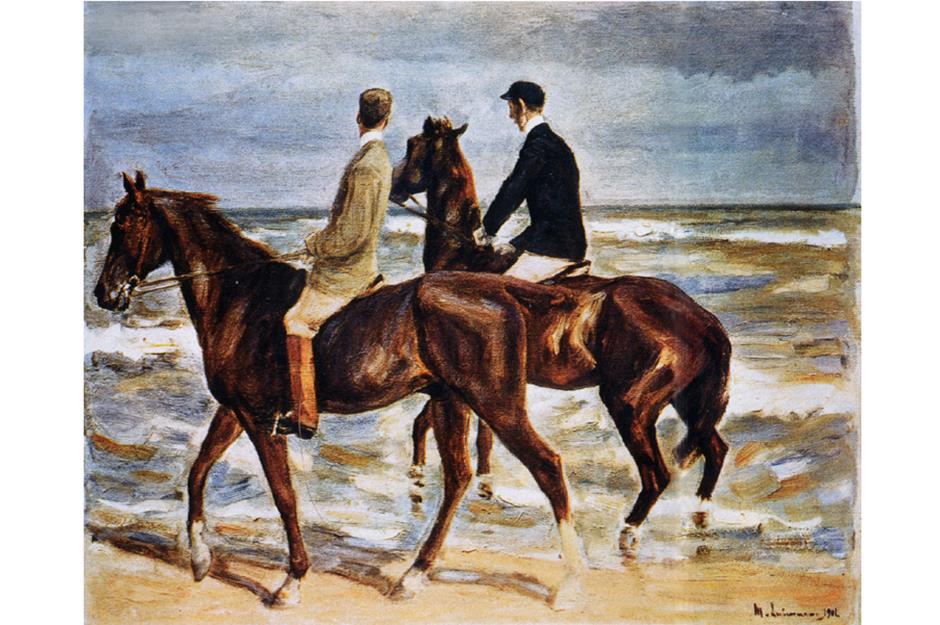
Max Liebermann's 1901 masterpiece was stolen from Jewish collector David Friedmann during the Kristallnacht pogrom, which saw a wave of violent anti-Jewish rioting take place in November 1938.
Two Riders on the Beach eventually turned up in a Munich apartment in 2012. It was found along with more than 1,400 other works of art – including pieces by Monet, Matisse, and Renoir – which were collectively valued at more than $1 billion (£747m).
Two Riders on the Beach by Max Liebermann
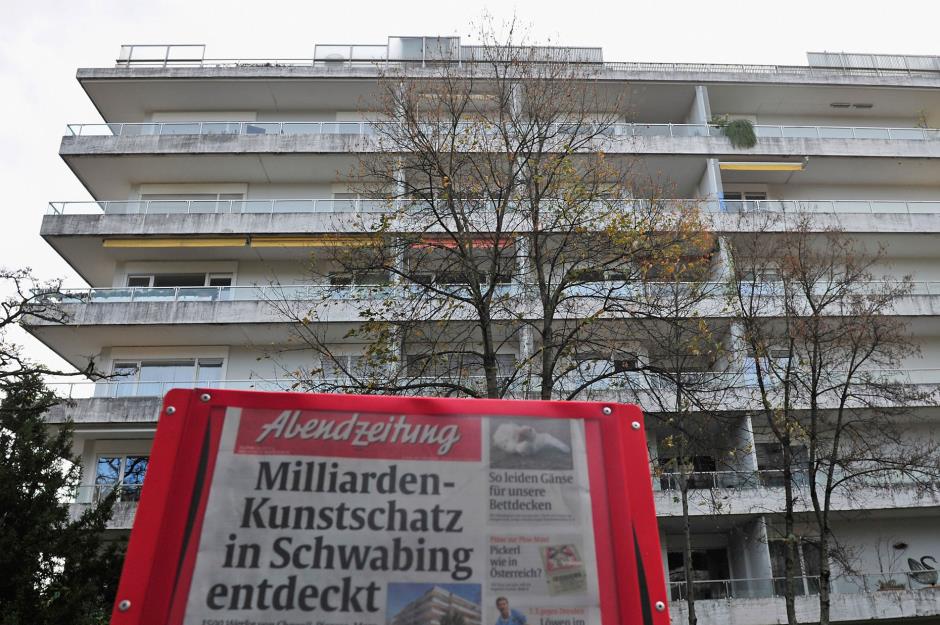
The apartment belonged to Cornelius Gurlitt, the son of Nazi art dealer Hildebrand Gurlitt, who had claimed that the collection had been destroyed in a wartime bombing raid.
The stolen artworks with viable claims, including the Max Liebermann painting, were returned to their rightful owners.
Two Riders on the Beach later sold for $2.5 million (£2m) at a Sotheby's auction in 2015. The remaining artworks were bequeathed to the Museum of Fine Arts Bern in Switzerland.
Seated Woman by Henri Matisse
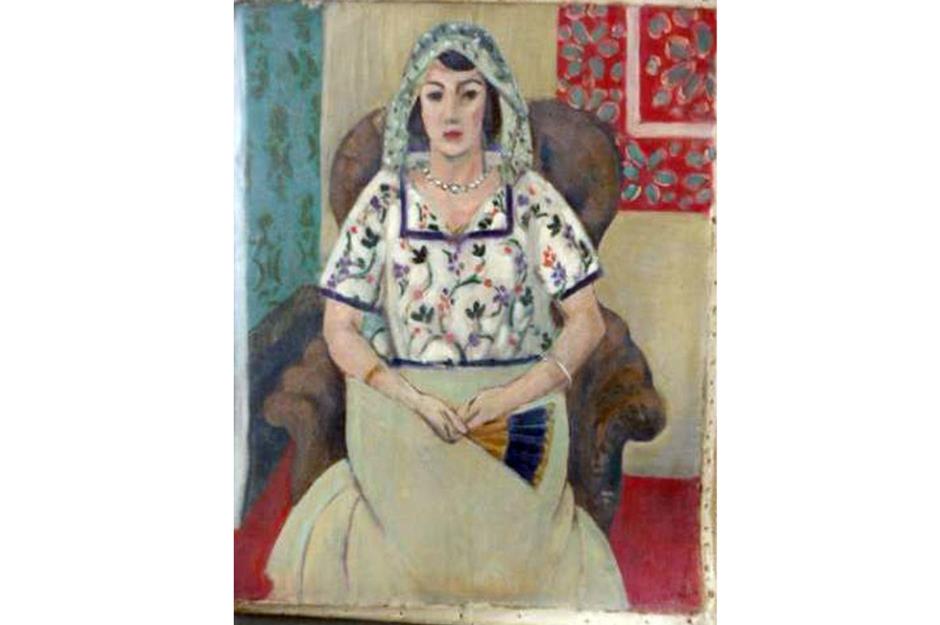
The German court that approved the return of Max Liebermann's Two Riders on the Beach also ordered that this Matisse masterpiece be handed over to the heirs of its rightful owner.
Jewish art dealer Paul Rosenberg, who was forced to flee the Nazis in 1940, had previously counted the piece among his collection.
Seated Woman by Henri Matisse
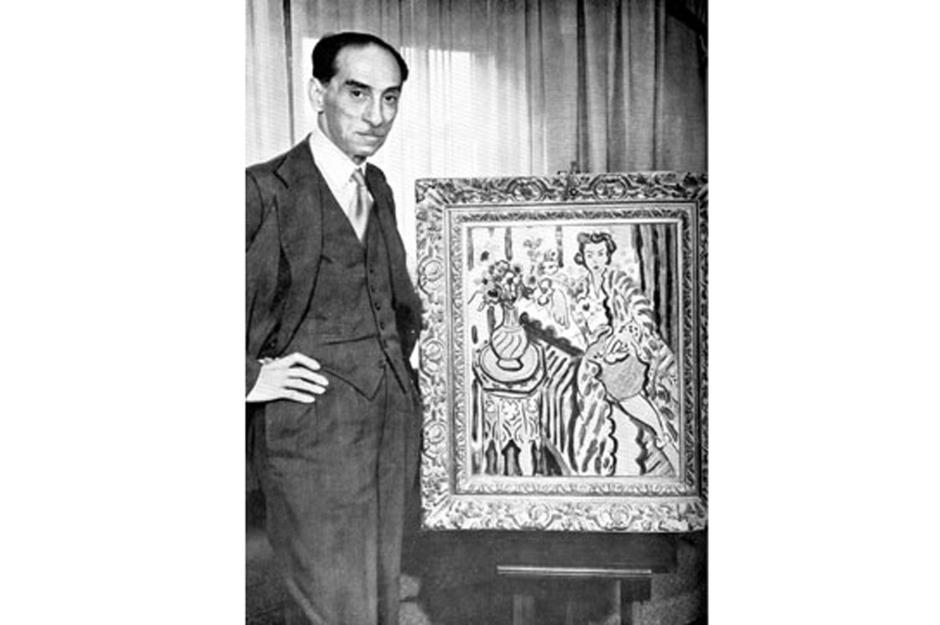
Seated Woman, which was painted in 1921, was also appropriated by Hildebrand Gurlitt.
After the war, Rosenberg (pictured here with another of his precious Matisse paintings) struggled to recover the 400 artworks that had been stolen from him. When he died in 1959, around 60 were still missing, although his family have worked hard over the decades to keep tracking them down.
Picking Peas by Camille Pissarro
-by-Ca.jpg)
This 1887 gouache work by the Danish-French Impressionist painter Camille Pissarro was part of the collection that belonged to Jewish businessman and art enthusiast Simon Bauer.
However, Bauer's paintings were confiscated by the Vichy government in 1943 and he was sent to the infamous Drancy internment camp near Paris.
Picking Peas by Camille Pissarro
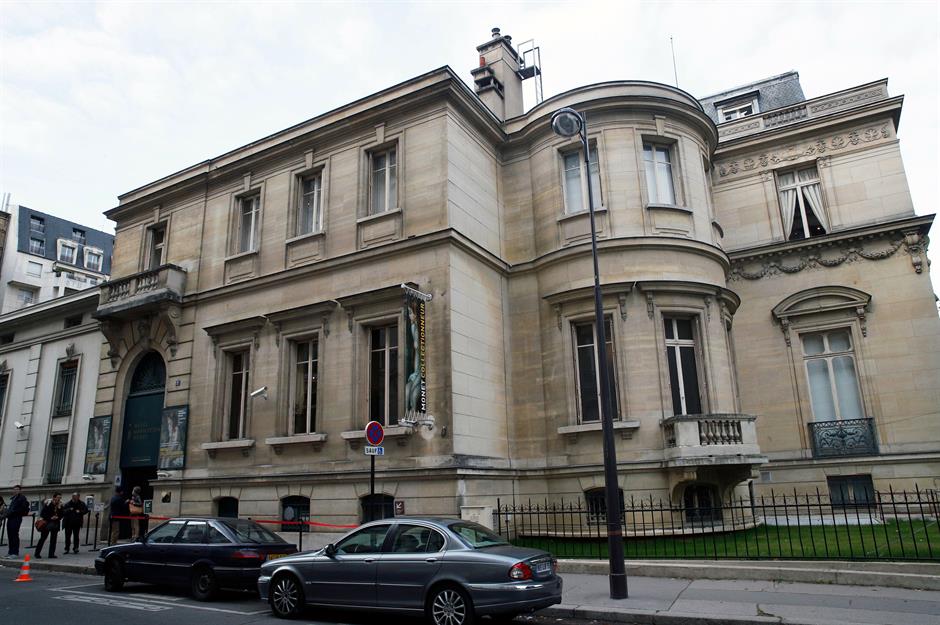
Bauer survived the war but reportedly died a broken man in 1947. Picking Peas was sold on several times before ending up in the collection of American couple Bruce and Robbi Toll, who insisted they had no idea it was stolen.
Bauer's descendants sued them and won the case. In November 2017, a French court ordered the Tolls to relinquish the multimillion-dollar looted artwork, which was being exhibited in the Parisian Marmottan museum (pictured) at the time.
Portrait of Adele Bloch-Bauer I by Gustav Klimt
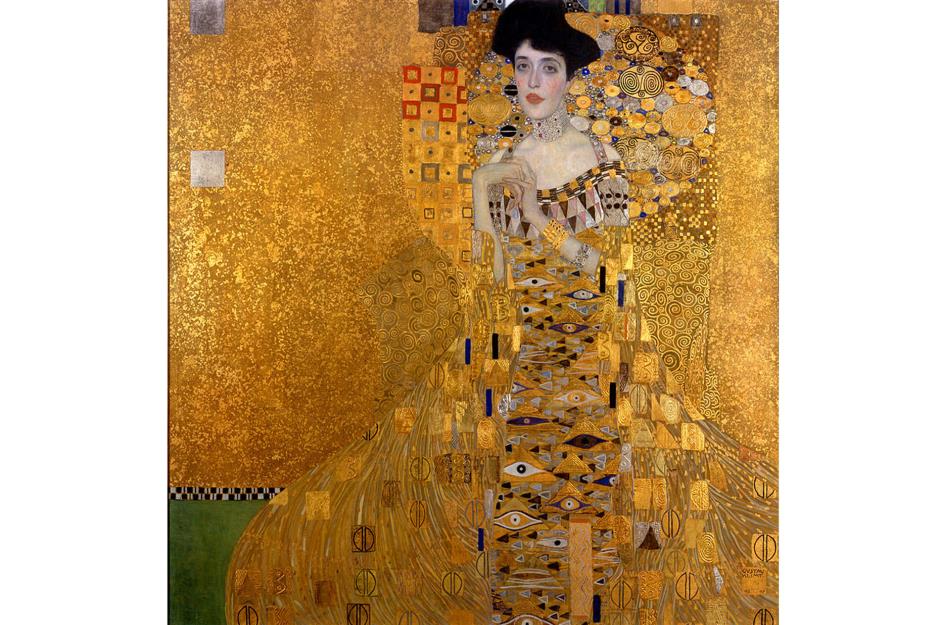
This 1907 portrait by Gustav Klimt, now better known as The Woman in Gold, was stolen by the Nazis from the Jewish banker and sugar producer Ferdinand Bloch-Bauer. It was handed over to Vienna's Belvedere museum in 1941.
The painting, which is worth $150 million (£135m) today, depicts Bloch-Bauer's wife Adele, who passed away in 1925.
Portrait of Adele Bloch-Bauer I by Gustav Klimt
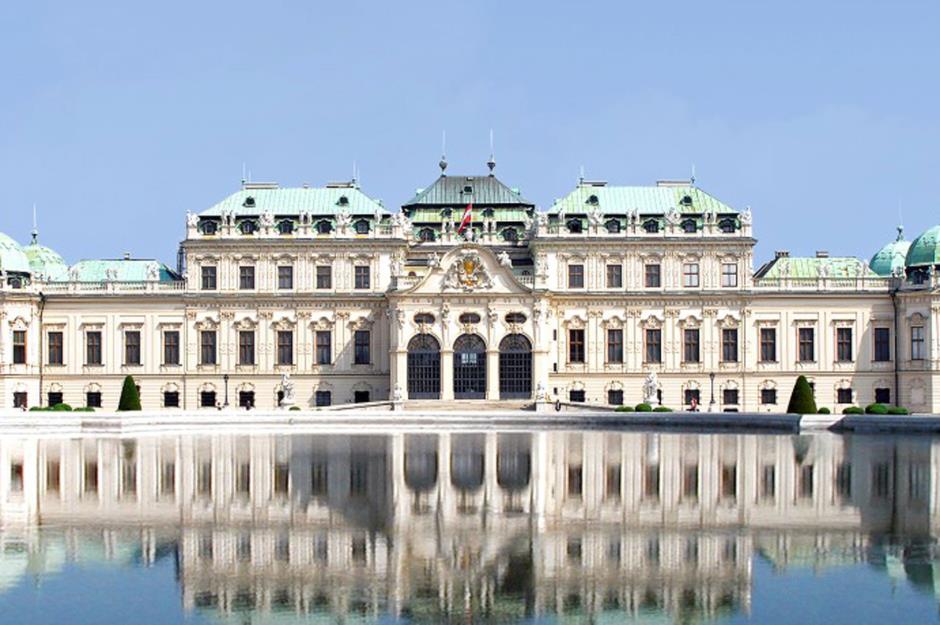
Ferdinand Bloch-Bauer fled Vienna in the late 1930s and the Nazis stole the painting, along with many more of Bloch-Bauer's other assets. He died penniless in Switzerland in 1945.
For years, the Belvedere (pictured) refused to return the artwork to Bloch-Bauer's heirs but, in 2006, his niece, Maria Altmann, succeeded in claiming the portrait following a protracted legal battle.
It was sold to Estée Lauder heir Ronald Lauder that same year for a record $135 million (£100m). The story of the battle to win it back from the gallery was later documented in the film Woman in Gold, which starred Helen Mirren and Ryan Reynolds.
The Night Watch by Rembrandt van Rijn

The Monuments, Fine Arts, and Archives programme was set up by the Allies in 1943 to recover Nazi-plundered artworks.
Dubbed "the Monuments Men", these art experts scoured Europe for stolen masterpieces. They were the subjects of the 2014 movie The Monuments Men, which starred George Clooney and Matt Damon.
Among the works that the real-life Monuments Men were searching for was The Night Watch, the most celebrated piece by Dutch artist Rembrandt.
The Night Watch by Rembrandt van Rijn
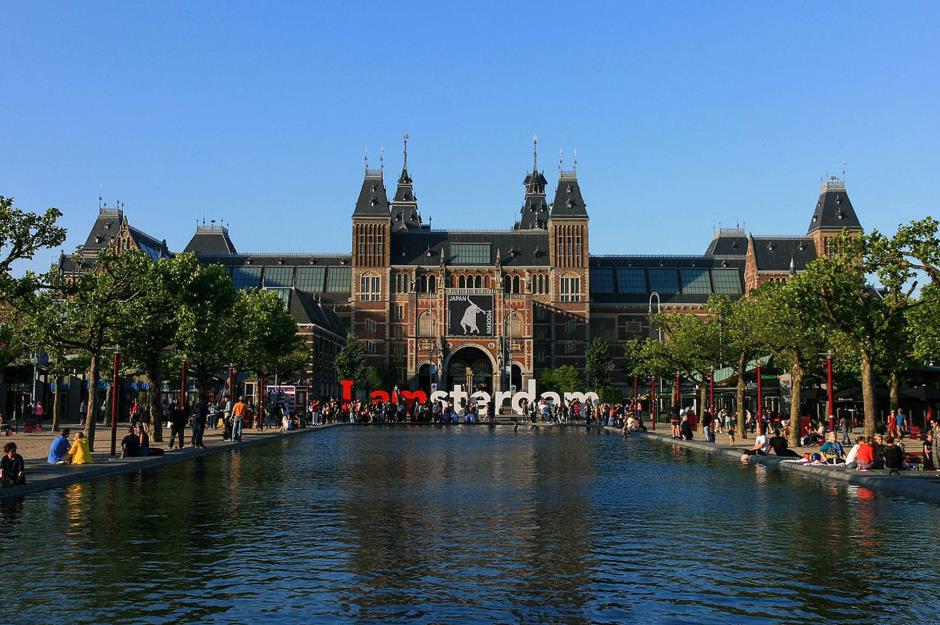
The renowned painting was taken from Amsterdam’s Rijksmuseum (pictured) in 1939 and moved to a secret Nazi repository in Maastricht, in the Netherlands, ostensibly for safekeeping.
Monuments Man George Stout pinpointed the painting in 1945 and Rembrandt's most famous work was safely returned to its home in the Netherlands shortly after.
Lady with an Ermine by Leonardo Da Vinci
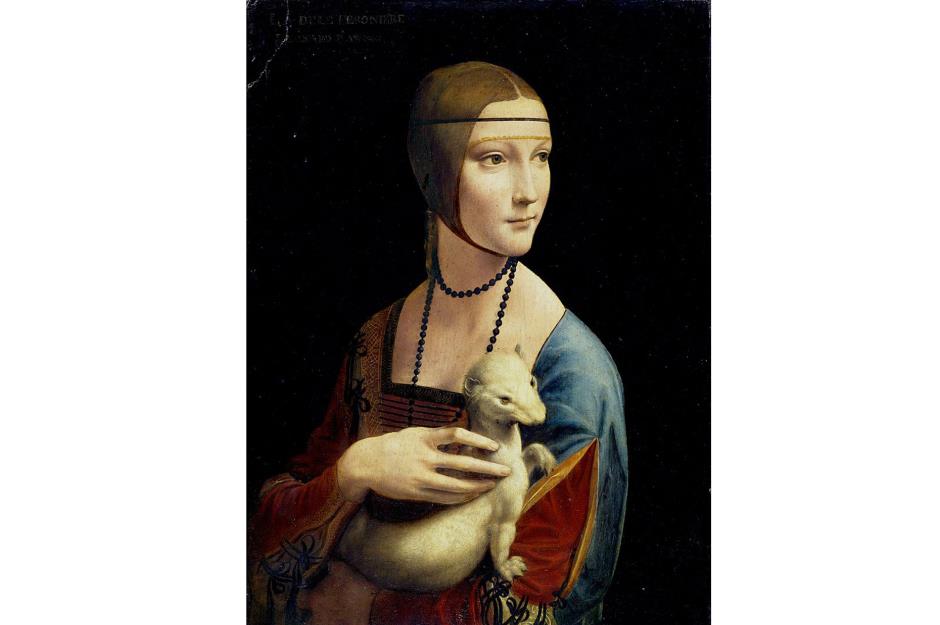
One of Poland's most treasured pieces of art, Leonardo Da Vinci's Lady with An Ermine was stolen by the Nazis from its hiding place in a cellar in Kraków at the outbreak of World War II in 1939.
The painting is notable for being one of just four portraits of women attributed to the Old Master, with the Mona Lisa also included within the quartet.
Lady with an Ermine by Leonardo Da Vinci

Lady with an Ermine found its way into the hands of the infamous Nazi Governor General of Poland, Hans Frank (pictured), who displayed it in his office.
The priceless portrait was discovered by the Monuments Men at the end of the war and sent back to its home in Kraków.
Altarpiece by Veit Stoss in Kraków

This spectacular altar is the largest Gothic altarpiece in the world and one of Poland's most precious treasures.
The stunning wooden design was created by German sculptor Veit Stoss between 1477 and 1489, and graced the high altar of Kraków's Saint Mary's Basilica for centuries.
Altarpiece by Veit Stoss in Kraków
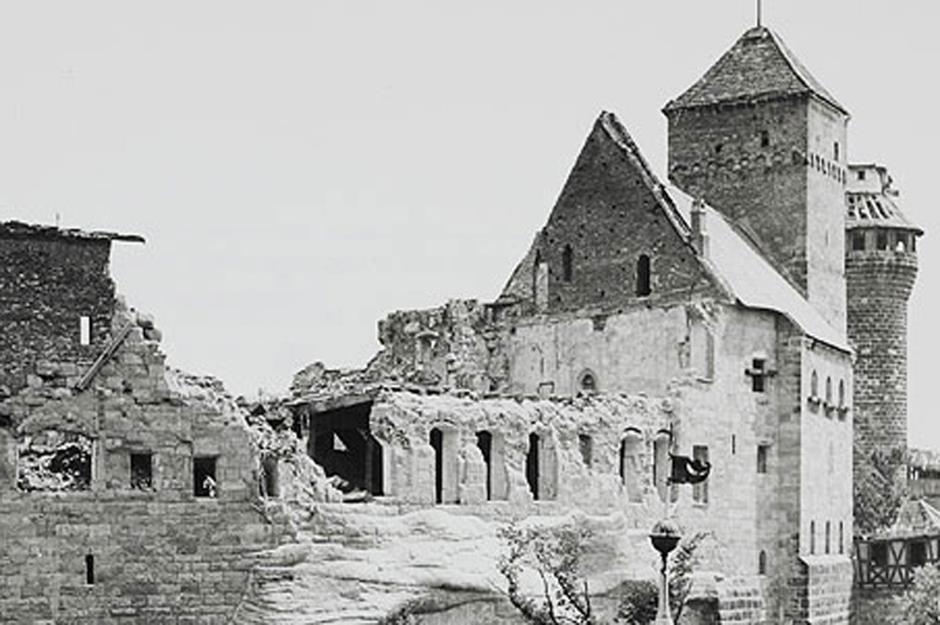
Hitler considered the artwork to be an important piece of German heritage on account of the sculptor's nationality. In 1941, Hans Frank ordered the altarpiece to be seized and moved to the Third Reich.
The damaged altar was later recovered by Allied troops in 1946, having been concealed in the basement of the bombed-out Nuremberg Castle. It was returned to Saint Mary's Basilica, where it was extensively restored and can be seen today.
The Astronomer by Johannes Vermeer
-by.jpg)
This hugely important painting by Dutch Master Johannes Vermeer, which dates back to 1668, was earmarked as the focal point for Hitler's proposed art gallery in Berlin.
The artwork was swiped in 1941 from the private art collection of Jewish financier Édouard Alphonse James de Rothschild, and was transported from France to Germany.
The Astronomer by Johannes Vermeer
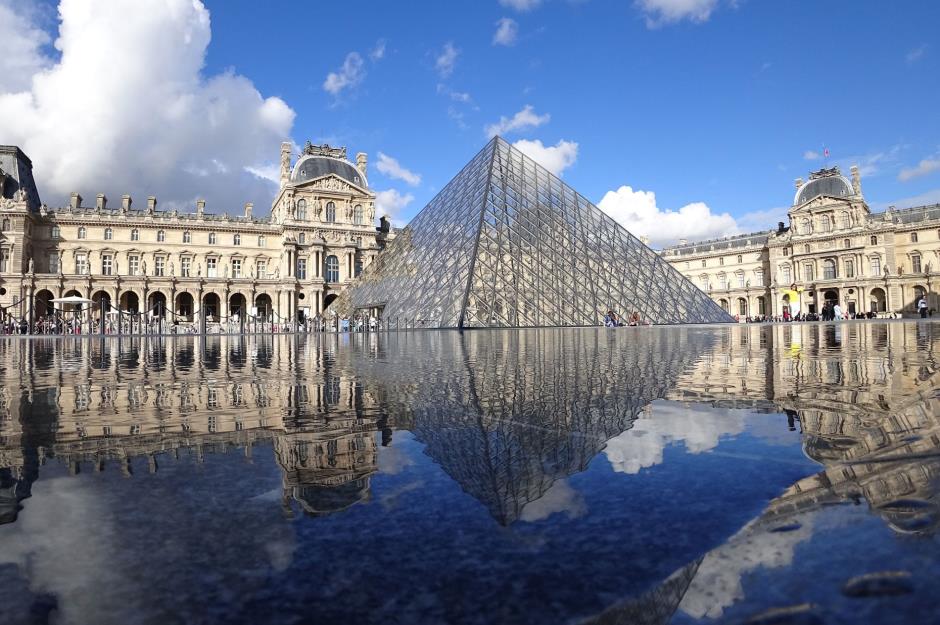
After the war, the painting was located and returned to the Rothschild family. A small swastika had been stamped on the back of the canvas in black ink.
The painting was purchased by the French government in 1983 to offset inheritance tax, and currently hangs in the Louvre in Paris.
The Madonna of Bruges by Michelangelo
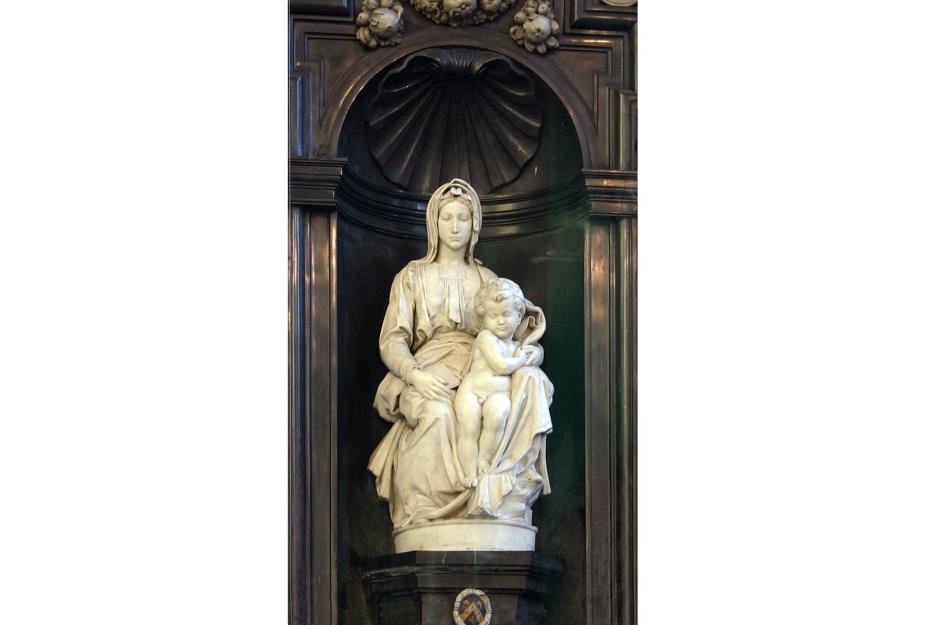
One of the most important works of art stolen by the Nazis, this early 16th-century marble statue of the Madonna and child by the great Renaissance artist Michelangelo is the most treasured object in the Church of Our Lady in Bruges, Belgium.
The Madonna of Bruges by Michelangelo
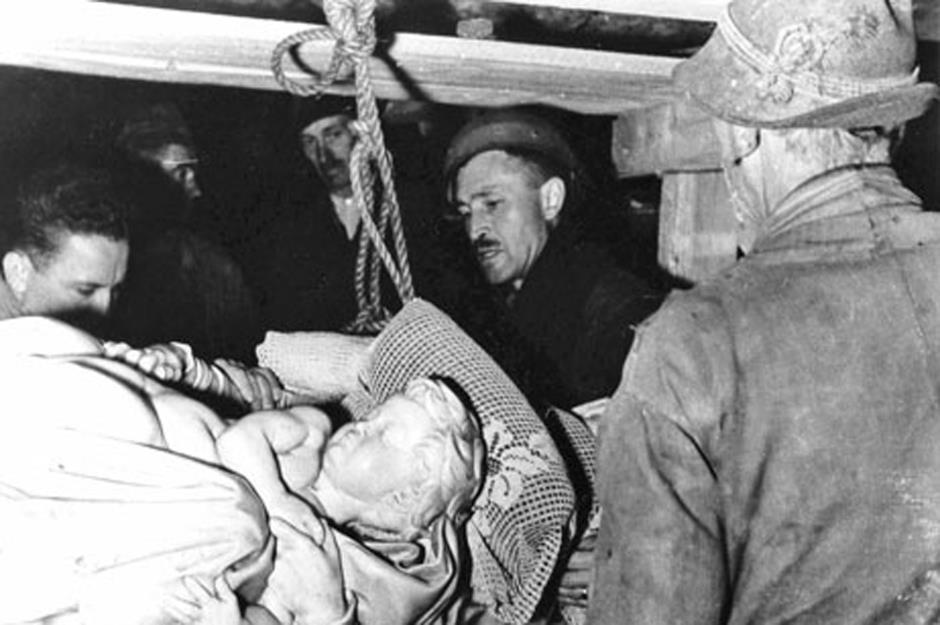
In 1944, the priceless sculpture was audaciously stolen by retreating German troops, who hid it under piles of mattresses in a Red Cross vehicle.
A year later, the Monuments Men discovered it in a salt mine and the sculpture was returned back home to Belgium not long after. The Nazis stored around 6,500 pieces of art in the salt mine, which was located in Altaussee, Austria.
Updated by Alice Cattley
Comments
Do you want to comment on this article? You need to be signed in for this feature